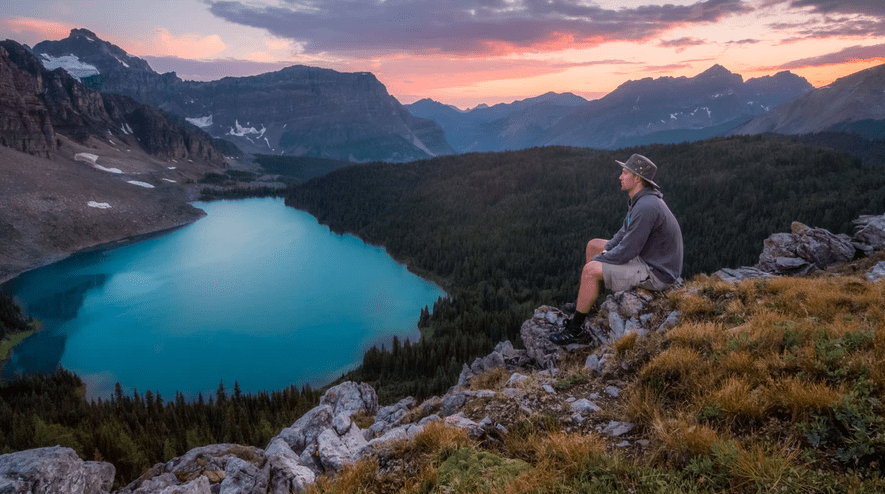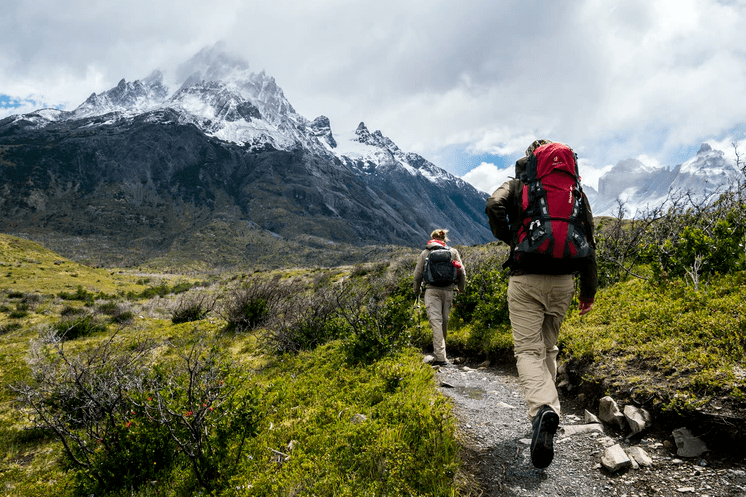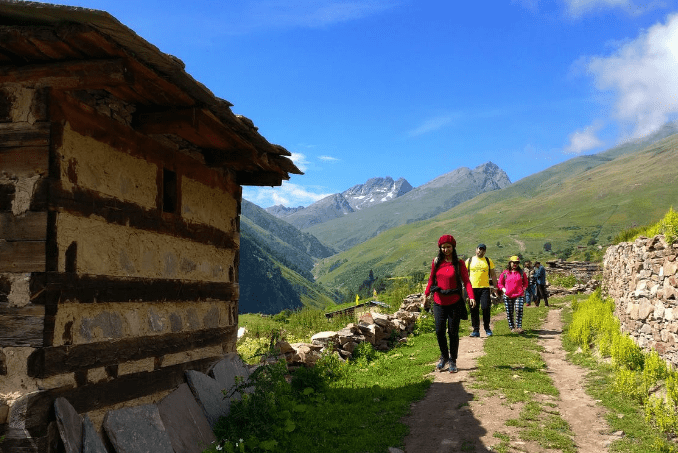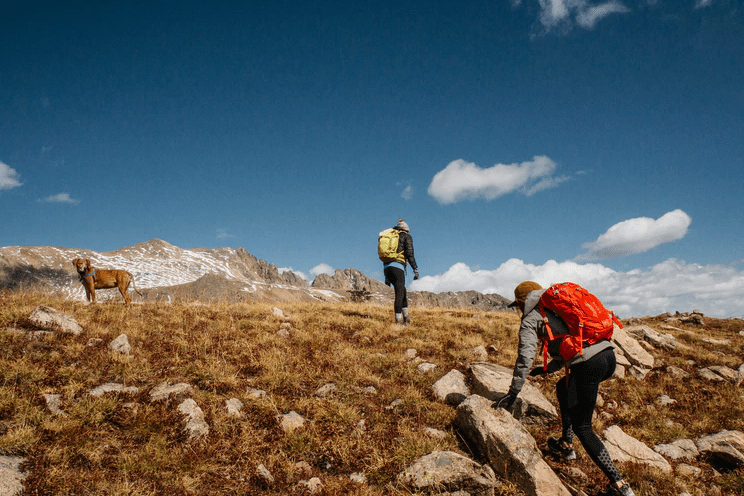Traveling in the mountains is a thrilling and rewarding experience. You get closer to nature and see the awe-inspiring beauty in its purest form while also having an adventure for fun, escape, and relaxation. However, the activity can be a daunting task, especially to those who haven’t climbed a mountain before. It comes with a distinct set of challenges, which can make enjoyment and safety hard to achieve. Luckily, all you need is preparedness and extra caution to avoid the struggle. Ahead are some of the best tips for traveling in the mountains for that fun and exciting trip!
Get proper training
Getting in shape is crucial if you want to make the experience fun. You need to have the endurance and strength to ascend the trails and traverse various obstacles, often under the sun’s heat. If you’re not fit, you can easily faint, be left behind, or fail to complete the trek. Train yourself a few weeks before the trip day to avoid such situations. Do weight, cardio, and leg training to increase your vigor and stamina. That way, you’ll be ready to conquer all the challenges without breaking a sweat!
Bring your mountain traveling essentials
Bringing the bare essentials can make your trip easier. However, going to the mountains entails packing more items than you would for a trip to a city, island, or ancient ruin. Your packing list on a day trip should include water (lots of it!), snacks, compass, map, flashlight, sunscreen, trekking poles, knife, and mosquito repellent. If you’re staying overnight, you should be adding match sticks, fire starters, a tent or tarp, a blanket, and a sleeping pad or bag. Get a spacious and durable backpack to fit in and secure all your stuff!
Always check the weather forecast
Weather in the mountains can be unpredictable and actual conditions can immensely vary. Before you go on your trip, check the weather conditions to see any weather disturbance. And, always keep from time to time! Remember, any differences in the temperature, precipitation, and moisture may impact your climb. You’ll be surprised how it can go extremely hot to incredibly cold in a matter of hours. So, it’s better to be wary and prepared.
Tell your family and friends
Before embarking on a mountain trip, don’t miss out on informing your family and friends of the day of your trip, your whereabouts, and your expected return. Meanwhile, you can also provide your loved ones’ contact details at the park’s visitor center. While you don’t want anything bad to happen, it’s always better to have someone to look for you, help, or save you just in case of any unfortunate situation.
Dress accordingly
Skip the dress, stilettos, leather shoes, and flip-flops. Those wouldn’t take you anywhere! You can wear your OOTDs on other trips, but never when you’re on a mountain hike. Always wear functional and practical clothing, depending on the area, weather, and altitude you’ll be in.
If you’re going out on a hot and sunny summer day, wear breathable and comfortable clothes, sunglasses, a boonie hat, and hiking shoes. However, be sure to bring additional layers to keep you warm if there’s a sudden rainstorm. If you’re hiking in the winter, wear clothing that will keep you from freezing to death, such as gloves, a jacket, and boots. Wearing the appropriate attire ensures that you won’t be affected by extreme weather and that you get to enjoy the trip.
Map out your route
Though it’s thrilling to explore new routes and take on new challenges, doing so puts you and your co-travelers in peril. You’ll never know what’s ahead, and you can easily get lost in the process. As such, it is advisable to plan your path ahead of time. Not only does it keep you out of danger, but it also gives a sense of direction, veering you away from unwanted obstacles and saving you much time.
Bring a first-aid kit
There are instances that no matter how careful you may be, you still get into “mishaps,” causing you to sustain injuries or wounds. Carrying a first aid kit can help clean and treat minor scrapes, cuts, or bruises or aid in managing sprains. That way, you limit risks for infections, as well as help attending to minor conditions. Your first aid kit should have at least the following essentials:
- Bandages
- Gauze pads
- Sterile pads
- Adhesive medicals tapes
- Over-the-counter pain-relief medicines
- Blister treatment
- Insect sting treatment
- Antibacterial ointment
- Antihistamine
- Antiseptic wipes
Be wary of the altitude sickness
Air gets thinner as you ascend the mountain, which means the oxygen molecules’ number per breath lowers. This can cause altitude sickness if your body experiences difficulties adjusting, causing fluid build-up in your lungs and extra pressure on the brain.
Common symptoms include headache, trouble sleeping, loss of appetite, fatigue, nausea, and shortness of breath. If any of the given conditions intensify, you should descend as it can be potentially fatal.
If you’re planning to hike higher altitudes, acclimatize by climbing slowly, few days or even weeks prior to your trip. You can also consult with your doctor for any medications that you can take to decrease the likelihood of symptoms.
Don’t do risky things
Climbing the mountain involves many risks. Whenever you encounter any steep terrain or rocky slopes that seem dangerous, don’t try to overcome it by walking or without any gears. Instead, use ropes or slings to ensure your safety. Of course, don’t carelessly jump on rocks as you don’t know how sturdy they are. Lastly, avoid doing unnecessary risky activities for the sake of having a photo to post to your social media pages. Always think of your welfare and just look for other ways to capture the beauty of nature without putting yourself in jeopardy.
Respect nature and wildlife
Mountains boast some of the most fascinating sights while also providing you an opportunity to see wildlife in their natural habitat. Be sure not to destroy trees, vandalize rocks, or leave any fire that may scatter and lead to wildfires. Moreover, only view animals from a distance. Don’t make loud noises or disturb them for your and their safety.
Takeaway
Being ready is always greater than going out without any plans. So, make sure to follow these things so you can enjoy Mother Nature at the peaks, with much fewer worries!




